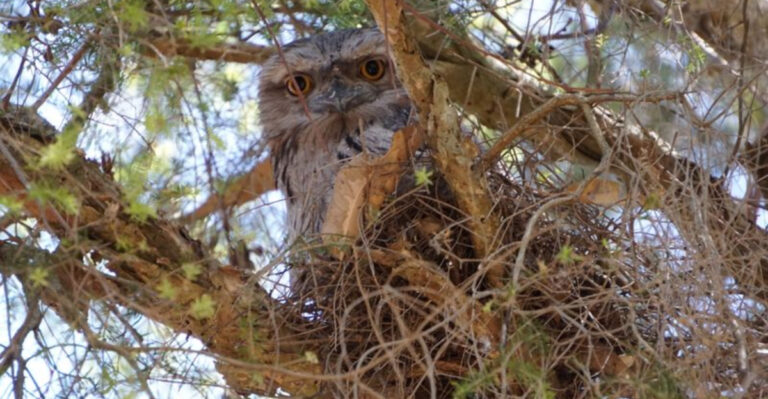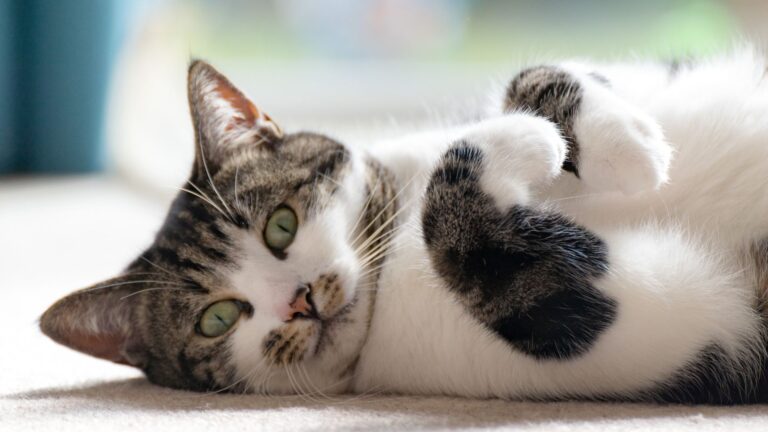Why Cats Can Be More Destructive Than Dogs (And What You Can Do About It)
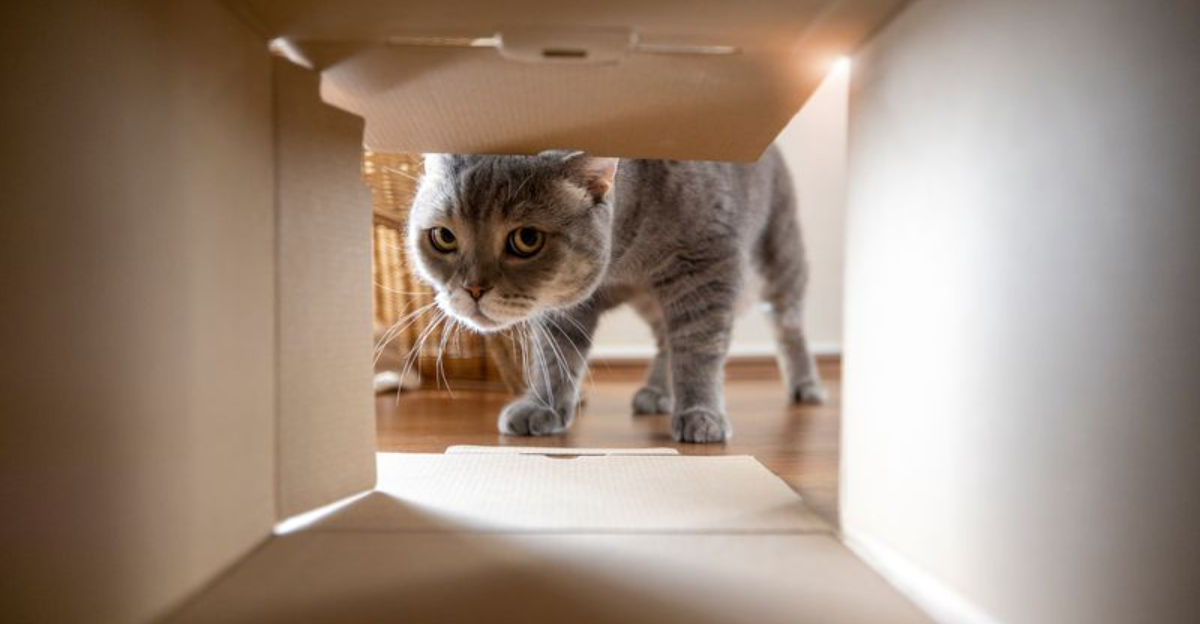
Cat owners know the joys of feline companionship, but they also face unique challenges when it comes to household destruction.
While dogs can certainly cause damage, cats have special talents for creating chaos in ways our canine friends simply can’t match.
Understanding why cats behave destructively and learning practical solutions can help preserve both your home and your relationship with your furry friend.
1. Scratching Furniture And Walls
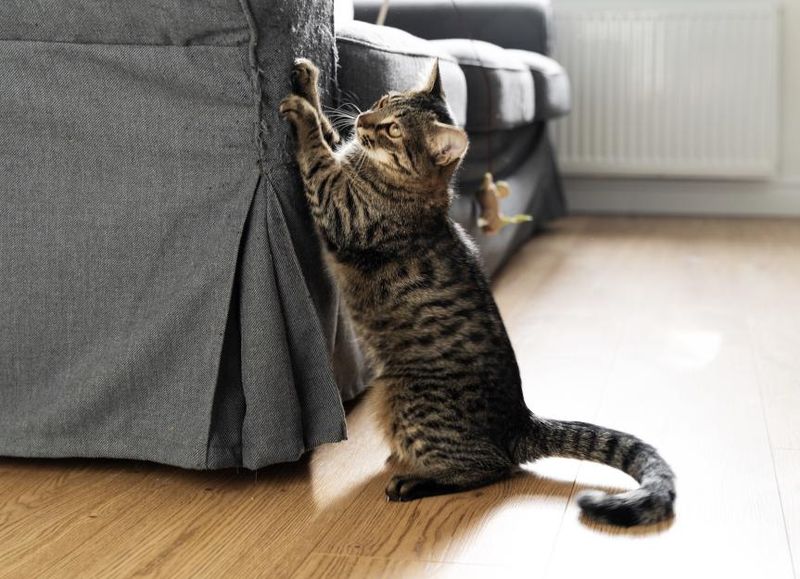
Cats scratch to maintain claw health and mark territory with scent glands in their paws. This natural behavior quickly ruins expensive furniture.
Place scratching posts near favorite scratching spots and apply catnip to attract your kitty. Cover vulnerable surfaces with double-sided tape temporarily—cats hate sticky paws!
2. Knocking Objects Off Surfaces
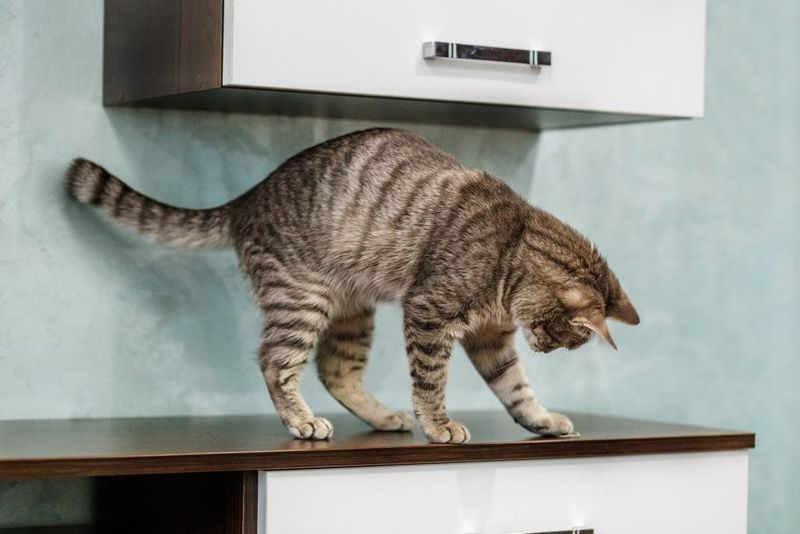
That innocent-looking push of your favorite vase isn’t accidental. Cats are hardwired to test objects and explore their environment through this seemingly mischievous behavior.
Museum putty can secure valuable items to surfaces. Create designated “safe zones” with cat-friendly shelves where they can satisfy pushing instincts without breaking your treasures.
3. Chewing On Wires And Cords
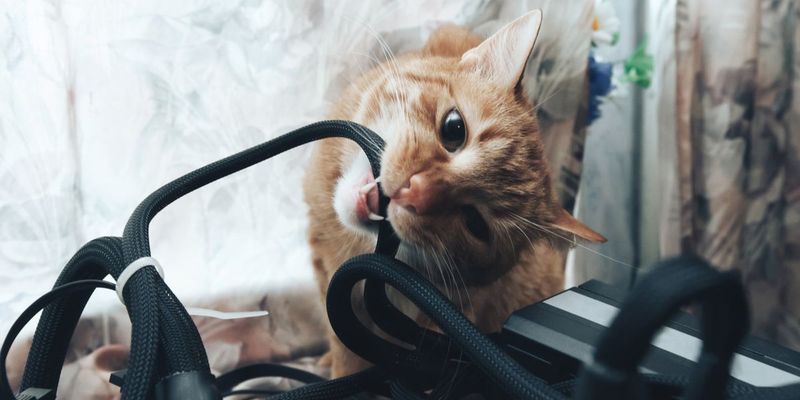
Thin, snake-like cords trigger predatory instincts in cats, making electrical wires irresistible targets. Beyond destroying electronics, this habit poses serious electrocution risks.
Bundle cords together inside protective tubing available at hardware stores. Apply bitter apple spray as a deterrent. Provide appropriate chew toys as alternatives.
4. Climbing And Jumping On Fragile Items
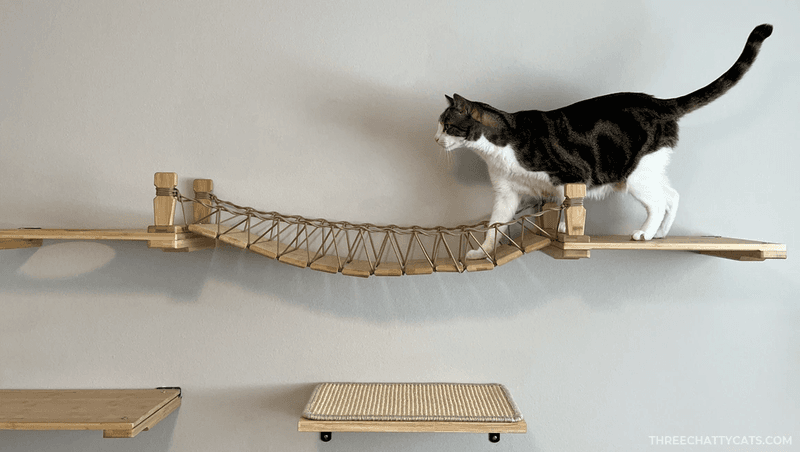
Cats evolved as both predator and prey, making elevated positions essential for security and hunting. Your shelves and mantels become natural lookout posts regardless of what breakables sit there.
Create dedicated climbing spaces with cat trees positioned near windows. Clear vulnerable surfaces of fragile items or secure them with museum wax.
5. Territorial Marking With Urine

Spraying leaves a powerful scent message other cats can detect even when humans can’t. Unneutered males are primary culprits, but females and neutered cats may spray when feeling threatened.
Spay or neuter cats early. Clean marked areas thoroughly with enzymatic cleaners. Multiple-cat households need plenty of resources (litter boxes, food stations) to reduce territorial stress.
6. Digging In Houseplants

Soft soil feels perfect for digging and sometimes bathroom purposes. Cats don’t understand the difference between their litter box and your prized fern.
Cover soil with decorative rocks or mesh screens. Citrus peels deter most cats naturally. Grow cat grass separately to satisfy plant-chewing urges without sacrificing your greenery.
7. Excessive Shedding And Hairballs
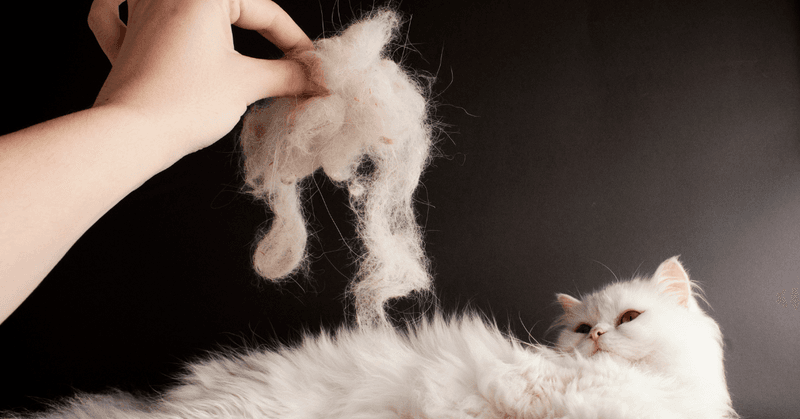
Feline fur embeds itself into fabrics with microscopic barbs, making removal challenging. Indoor cats shed year-round rather than seasonally, creating a constant fur battle.
Brush your cat daily with a deshedding tool to capture loose fur before it lands on furniture. Cover favorite lounging spots with washable throws. Feed hairball-reducing foods or supplements.
8. Aggressive Play That Leads To Damage

Feline play mimics hunting—complete with claws, pouncing, and biting. Without proper outlets, curtains become climbing challenges and hands become prey.
Never use hands as toys during kitten development. Redirect play to appropriate toys that move like prey. Schedule regular interactive play sessions to burn excess energy constructively.
9. Destroying Carpet And Rugs

Carpets provide perfect resistance for claw maintenance and territory marking. The woven texture catches claws satisfyingly, encouraging repeated scratching in the same spot.
Apply double-sided tape to targeted areas temporarily. Place sisal mats or scratching posts directly over favorite carpet scratching spots. Trim claws regularly to minimize damage.
10. Food Theft And Messy Eating Habits
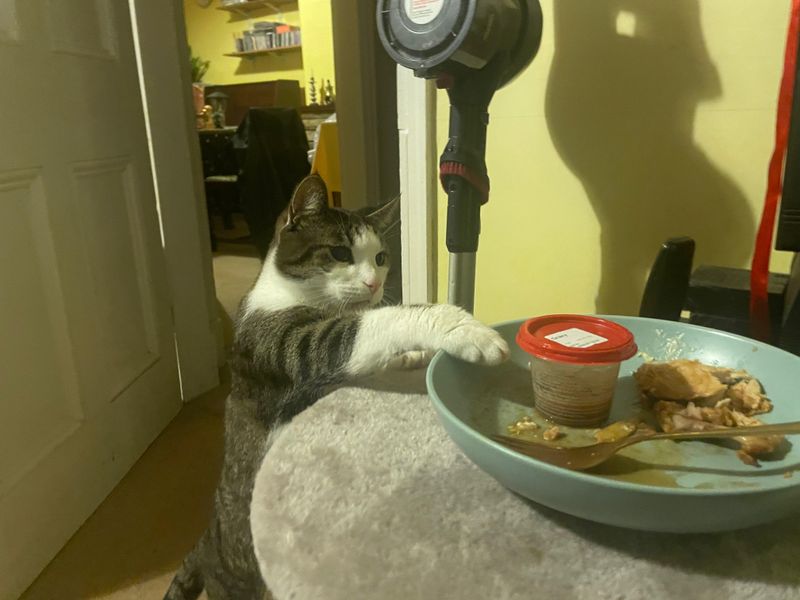
Cats evolved as opportunistic hunters with no concept of “food boundaries.” Counter-surfing and paw-fishing in water bowls come naturally to these curious creatures.
Store food in sealed containers. Feed pets in separate areas. Use puzzle feeders to slow eating and provide mental stimulation. Silicone mats under bowls catch spills.
11. Nighttime Zoomies Leading To Chaos
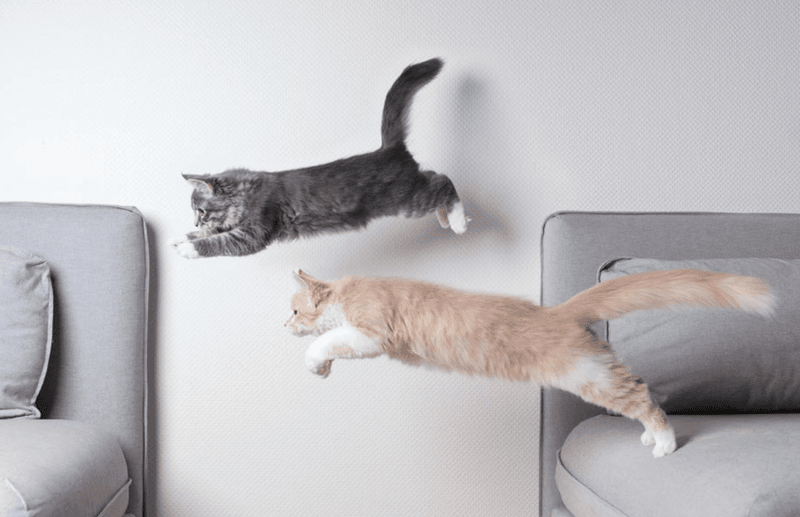
Those 3 AM racing episodes have biological roots—cats are crepuscular hunters most active at dawn and dusk. Their energy bursts often involve climbing, jumping, and knocking things over.
Schedule interactive playtime before bedtime to exhaust energy. Create safe pathways for nighttime activity with cleared shelves. Close bedroom doors to maintain your sanity.
12. Boredom-Induced Destructive Behavior
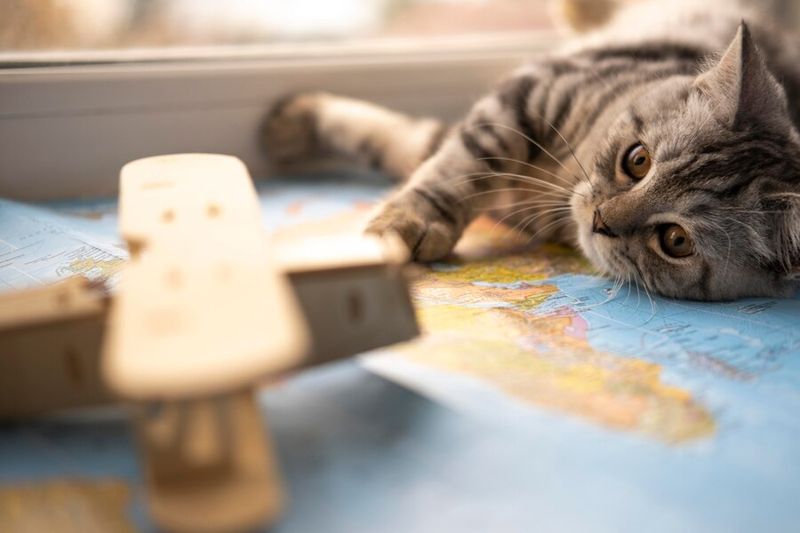
Domestic cats retain wild instincts but live in understimulating environments. Boredom leads to creating their own entertainment—often at your home’s expense.
Rotate toys weekly to maintain novelty. Install window perches for bird-watching. Consider puzzle feeders that require hunting skills to release food. Some cats even enjoy training sessions with clickers!
13. Stress And Anxiety-Related Destruction
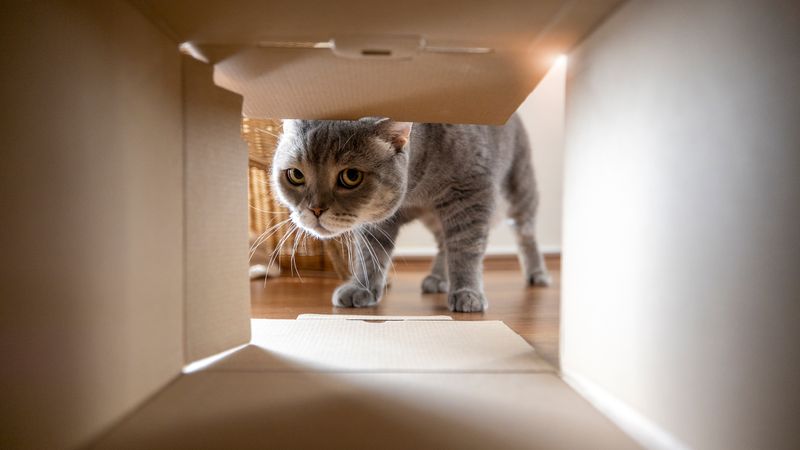
Environmental changes like moving, new pets, or schedule disruptions trigger anxiety in sensitive cats. Stressed felines may overgrooming, inappropriate elimination, or excessive scratching.
Maintain consistent routines during changes. Create hiding spaces where cats can retreat. Pheromone diffusers like Feliway mimic calming natural cat scents. Severe cases may need veterinary intervention.
14. Scent Marking And Excessive Grooming
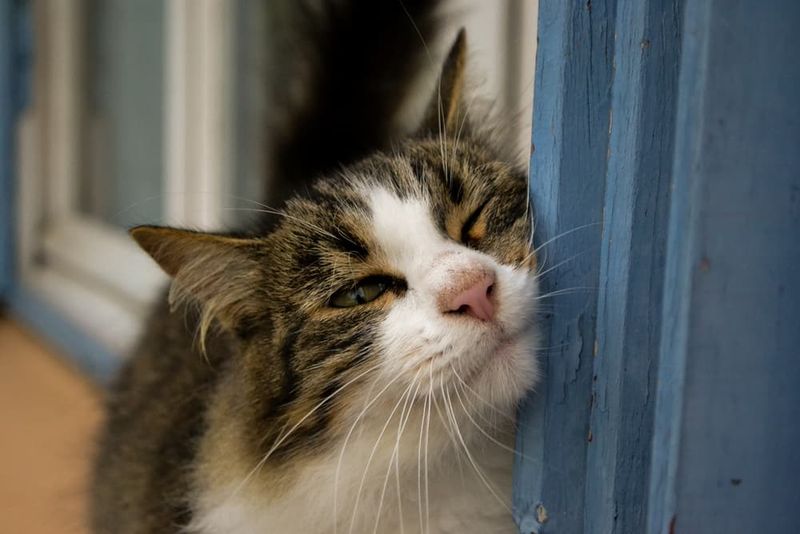
Cats deposit scent from facial glands by rubbing against objects, marking their territory subtly. This behavior can damage delicate items and leave oily residue on walls and furniture.
Provide acceptable rubbing surfaces like cardboard scratchers. Clean marked areas with enzymatic cleaners. Excessive grooming from stress may need veterinary attention as it can damage fur and skin.
15. How To Redirect Destructive Behavior

Understanding feline motivation is key to behavior modification. Most destructive behaviors fulfill natural needs that can be redirected to appropriate outlets.
Environmental enrichment works better than punishment. Vertical space, puzzle toys, and consistent play sessions satisfy natural instincts. Clicker training can teach alternative behaviors with positive reinforcement.




